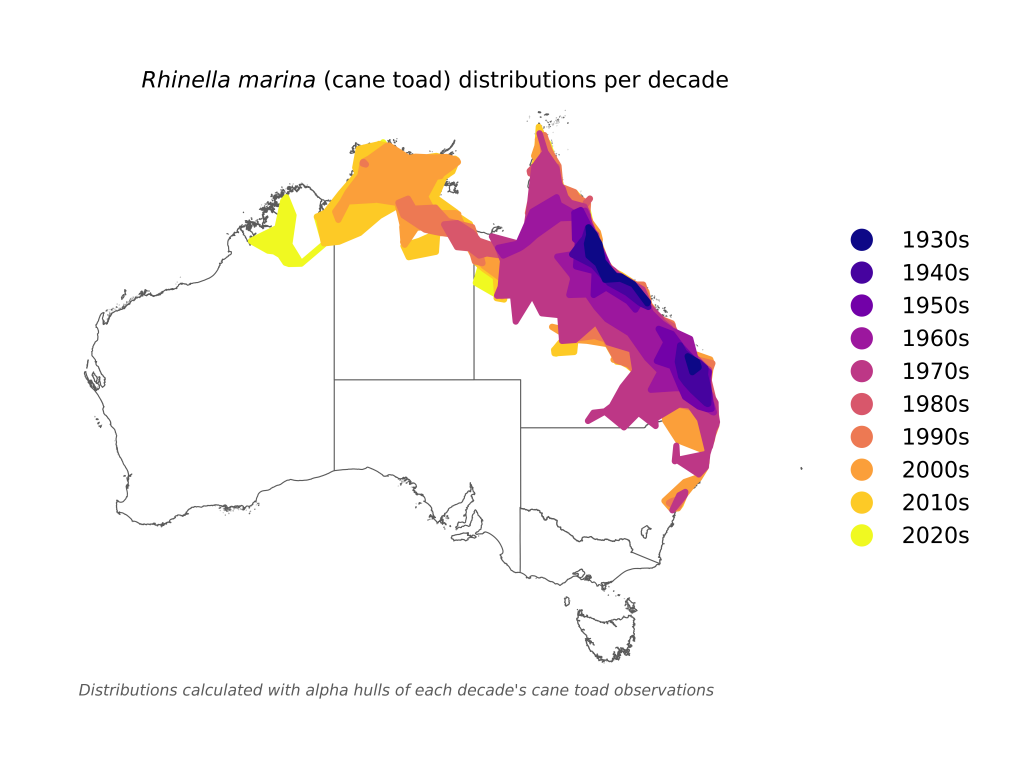Caitlin Ramsay completed the CSIRO National Collections and Marine Infrastructure Indigenous Scholarship Program (NISP) in 2022-23. In that time Caitlin worked with the Atlas of Living Australia’s (ALA) Science and Decision Support team on a project focused on mapping invasive species and how they have moved across Australia over time. Since then, Caitlin has come full circle, joining the Australian Reference Genome Atlas (ARGA) team hosted by the ALA.
We chatted with Caitlin to learn more about her experiences in participating in the NISP internship program and what she’s working on today.
What initially drew you to participate in the CSIRO NISP program?
When I first stumbled upon the CSIRO NISP program, I was studying a dual degree of bioinformatics engineering and ecology and up until that time had only very basic exposure to using my data analysis skills on environmental data. The description of the CSIRO NISP program through the ALA promoted using data analysis and producing data visualisations using biodiversity data and I immediately thought this would be the perfect opportunity to combine my two passions and learn how to make some cool graphs.

How did participating in the program help prepare you for your current role within the ARGA team? What are you currently working on?
Currently I’m working with the ARGA team to help design and implement the user interface of the app’s website. Although this is quite different to the work that I was originally carrying out in the NISP program, learning how to work collaboratively in a team environment and achieve various goals under the guidance and support of my supervisors proved valuable in preparing me for my current role. I was also able to work on a few different tasks for the duration of the NISP program such as assisting in the development of galah-python which improved upon my software development skills. The NISP program also allowed me to become more confident in my skillset and learn how to approach and solve novel problems, which are all useful in helping me to complete my day-to-day tasks within the ARGA team.
What made you want to come back to CSIRO as a full-time employee after your internship?
I had an absolute deadly time during my internship mainly due to the stimulating and rewarding work I was undertaking but even more so because of the friendly and welcoming people I got to work with. The culture that the ALA and CSIRO foster is unmatched, and I definitely grew to miss the company of the people I worked alongside which is why I reached out to see if there were any opportunities available after I had graduated!

What advice would you give to other students considering undertaking a CSIRO NISP internship?
If you’re thinking about applying, just do it! I almost didn’t apply because I didn’t believe I had enough experience, or a developed enough skillset but I’m so glad that I ended up applying in the end. It’s such an amazing learning opportunity and super cool experience being able to work alongside experts and hone your skills; so why try it out!
Applications for the 2024-25 CSIRO NISP program will open in August. Keep an eye out on ALA Internship Opportunities page for further details and updates.
For more information, contact outreach@ala.org.au.